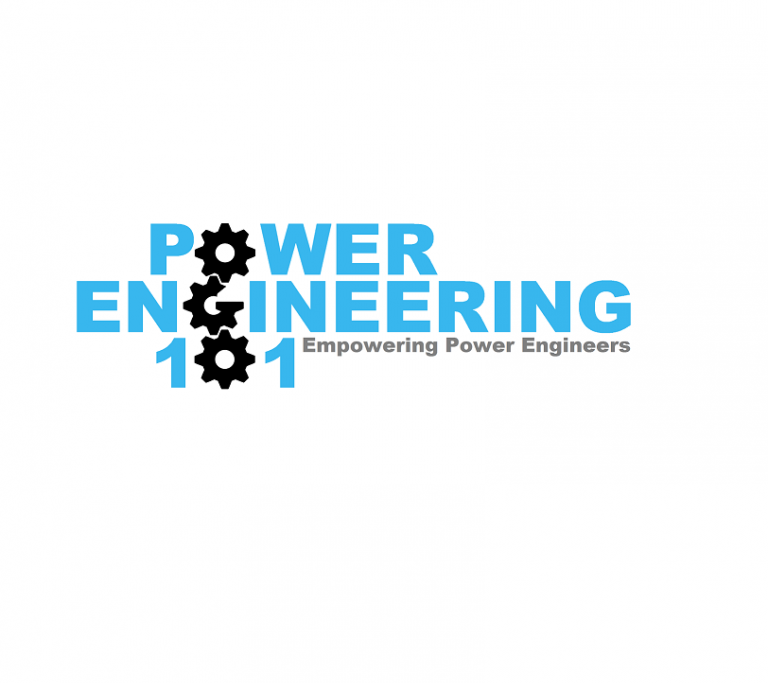Here are 10 tips for Power Engineers writing long answer exams that I have found helpful while writing my exams.
10 Tips For Power Engineers Writing Long Answer Exams
Tip #1 There Are More Answers Provided Than You’d Think
Before showing up to write your exam, become familiar with the recommended reference material for the particular exam you’re writing. Becoming familiar with these additional code books will not only help you during your examinations, but throughout your Power Engineering career.
A recommended code reference list for each class of Power Engineering can be found on the SOPEEC website.
Check it out here: SOPEEC Code Reference List
Which code books and what an individual is allowed to bring to an examination can be found on the ABSA website here: What To Bring To An Exam
Tip #2 Make Sure Your Writing Is Neat
When completing your examination, make sure your answers are printed in a clean and legible manner that can be easily understood from someone other then yourself. Imagine if you were an examiner with a never ending stack of exams to be marked, trying to complete them while being interrupted occasionally from somebody calling and asking if there exam has been marked yet or what their mark is. This continuing day after day, month after month, it would get annoying so it makes sense that if the examiner cannot read it, they cannot and will not mark it.
This does happen! I know of a couple Power Engineers who have received a failing grade because the examiners could not read their answers.
Tip #3 Extra Answer Books Are Free & Available
Every examination I was at there were always extra answer books available needed to complete the exam. Start each of your five questions on a new lined page, on the right hand side, and provide adequate spacing between different parts of your answer. This way the examiner can easily follow your thought process throughout your answer. That being said, if you continually find yourself needing extra answer booklets to complete your examination read tip #4.
Tip #4 Get To The Point
There is only so much to write about to answer each questions completely. If the question requires you to list 5 steps to start up an OTSG list 5 steps then move on to the next question. Remember, write the answer to the questions asked, not ramble on listing an additional 11 steps you believe are also required to start up OTSG.
Tip #5 Look At The Possible Marks For Each Question
It makes sense that if Part A of the question is worth 2 possible marks, and Part B is worth 5 possible marks, a more detailed answer to Part B is required to receive full marks. When a question is worth 5 marks it is better practice to provide 5 points with a brief explanation of each of the 5 points, instead of having one long paragraph with 1 point described in great detail.
Tip #6 Sketches On The Left, Answers On The Right
When required to complete a sketch to answer a question or providing a sketch to improve the clarity of your answer, complete the sketch on the left hand unlined page. Complete your sketch in pencil. It is not a great feeling to spend 15 minutes on a sketch providing descriptions of the gauge glasses, pressure and temperature controllers inherent with the piece of equipment to realize you’ve made a mistake when your almost done. It gets worse when you then have to decide whether it can be salvaged or if you should start over and waste an additional 15 minutes redoing your work as your 3.5 hour time limit clicks away. If you decide to start over put an X through your sketch that you do not want to be included in your answer and it will not be marked.
Tip #7 Calculation Questions
When completing calculation questions on your examination, it is important to follow a similar approach used in the practice questions provided on the site.
– List the paragraph (PG-29.11) and the reference material (2007 ASME Boiler & Pressure Vessel Code) as you write out the equation,
– Define all variables used in the equation and show their units. If you change units from metres (m) to millimetres (mm) show these steps as well.
– State all of your assumptions which you believe are required to answer the calculation question.
– Show all steps in proper progression to derive the final answer to the calculation
– Check units in each step of the equation. This step alone has saved me multiple times from making mistakes with using improper values in the equation. I was then unable to cancel out units such as MPa in the numerator and denominator to be left with mm when answering required thickness questions. Check it out here: Question # 18 How To: Determine The Thickness Of A Blank, Unstayed Dished Head – Eliminate unknowns if you think there is insufficient data provided in the question to complete it or while rearranging formulas such as the Law Of Conservation Of Energy and cancelling out the mass on each side if it is not provided.
Following these steps with help the examiner follow your thought process and ensure the correct variables and units are used through the equation. It also helps by receiving partial marks if you came up with an incorrect answer because you made a mistake from carrying a wrong number but still followed the correct process to complete the question.
ABSA has provided a great picture detailing how they mark calculation questions on their website. You can check it out here: ABSA Calculation Question Marking Guideline
Tip #8 Know How To Clear Your Calculator
I don’t know how many times I was sitting there waiting to begin writing my exam as the examiner walks through to check everyones driver licences, code books, and calculator to then see them take great delight embarrassing someone who didn’t know how to clear the memory of their calculator. Then proceeding to ask everyone in the room if they could help this individual out by resetting their calculator for them. Remember your confidence will get shattered bad enough after you break the seal of your exam and read questions #1 and #2 you don’t also need this.
Tip #9 When Was The Last Time You Changed The Batteries In Your Calculator?
There is not much worse then your calculator dying in the middle of your exam. Change your batteries before your exam or bring extra batteries with you. I learned this one the hard way.
Tip #10 Bring Your Own Code Books
It seems to happen almost every exam there is always that one person who takes the dictionary or code books for the whole 3.5hrs just in case they need it. It’s a shitty feeling to spend a couple months studying and then be unable to get the code book you need to answer one of the questions. To avoid this spend some money and invest in your own set of code books or borrow them from a coworker for your exam. If you borrow reference material from a coworker look through it thoroughly. Being negligent and telling the examiner it is not yours, and you borrowed it from a coworker after inappropriate material is found within the pages, it will do you little to get out of the suspension for cheating.
Summary
Remember I am not, and never have been an examiner. These are 10 tips for power engineers writing long answer exams that I believe will make a big difference during your next examination. This could be the difference between providing you with enough marks to pass rather then fail your next examination.
Please share any other tips that you have found helpful throughout your Power Engineering career while writing examinations in the comment section below.
Thanks,
Power Engineering 101


